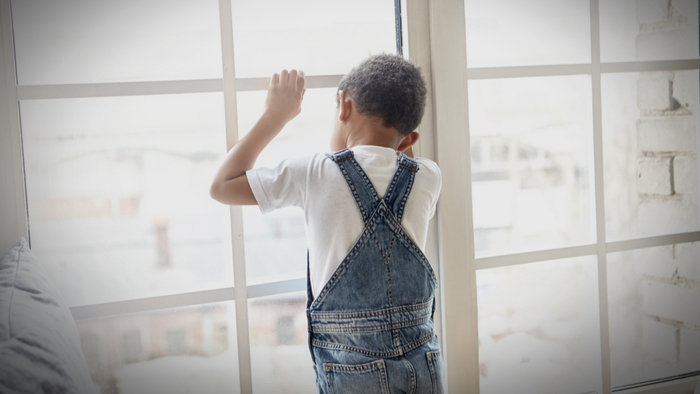
What is separation anxiety?
Separation anxiety is normal in early childhood and can occur when a child gets upset when separated from a parent or carer. This can happen when children are left with a new caregiver, or put to bed by themselves.
Separation anxiety is normal during early childhood. It usually starts at about six to eight months of age and
lasts until about two and a half to four years of age. Sometimes it can last longer if the child has had any painful separations in the early years. Separation anxiety reflects the child’s attempts to hold on to what is safe in a very scary world, and it will settle down as the child grows older and more confident.Attending an early learning program such as long daycare, pre-school, or family daycare is an important and exciting stage in a child’s development. They will have opportunities to interact with other children and educators and benefit from a stimulating learning environment. It may be the first time they have been in the care of adults who are not part of their family, or the environment could be noisy and crowded compared to being at home, making it all feel a bit too much. It is quite common for children to show some signs of discomfort when they first start a new program. From about six months old, most children show distress when they are away from their parents or carers, as they do not yet have a separate sense of self, so can feel a part of them is missing.
It’s difficult to know what is normal, and what is not for young children and separation anxiety. In early childhood, crying, tantrums, or clinginess are healthy reactions to separation, but anxiety can vary from child to child.

However, some children experience separation anxiety that does not go away, even with a parent’s best efforts. These kids experience a continuation or reoccurrence of intense separation anxiety during their elementary school years or beyond. If separation anxiety is excessive enough to interfere with normal activities like school and friendships and lasts for months rather than days, it may be a sign of a larger problem: separation anxiety disorder.
Separation anxiety disorder is not a normal stage of development, but a serious emotional problem characterized by extreme distress when a child is away from the primary caregiver. However, since normal separation anxiety and separation anxiety disorder share many of the same symptoms, it can confuse to figure out if your child just needs time and understanding. The key differences between normal separation anxiety and separation anxiety disorder are the intensity of your child’s fears, and whether these fears keep them from normal activities.
Your patience and know-how can help your child with separation anxiety disorder. If your efforts to reduce these symptoms do not work, it may be time to find a mental health specialist.
